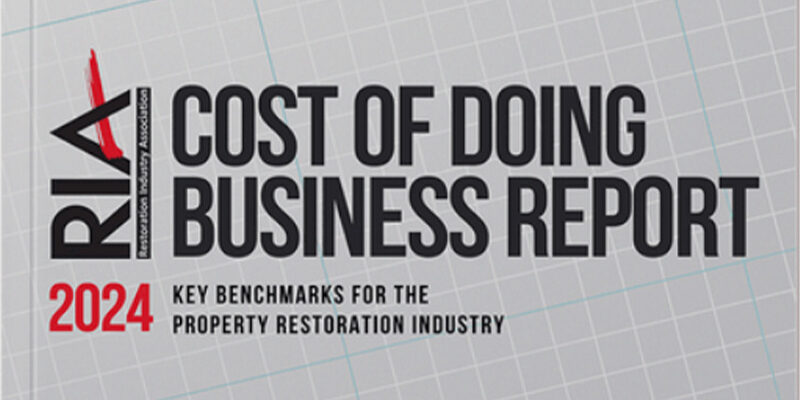Labor Costs

Something big happened this new year that affects every business owner in the U.S.: 21 states and Washington D.C. increased the minimum wage above the federal minimum. Eight other states had raised the minimum wage in recent years. And it’s inevitable that the remaining 21 states will do so as well.
This is an issue close to many owners’ hearts because it’s conflicting. On one hand, we want our employees to be able to pay their bills and live and work happily. On the other hand, we have to be able to make our own payments, support our families, and, let’s face it, turn a profit — otherwise what’s the point of it all?
Some say, “We should all be paying our employees more than $7.25 anyway.” Others say, “It should be up to a business owner what s/he pays workers.” I agree with both of these ideas, but there is much to take into account. For instance, while some states have eliminated higher wage requirements for businesses with few employees, many states don’t differentiate between a company with three employees and one with 200.
Problems also arise with blanket rates across diverse states. The cost of living index for Ellensburg, WA, is 103.4. The cost of living index for Seattle is 204.0. But the state minimum wage is $12.00 in both cities. It will rise to $13.50 in 2019. Similar issues occur in other places where state minimums are set. This is the reason federal minimum wage increases are generally unpopular — New York City and rural Mississippi can’t have the same minimum wage.
At the same time, the $7.25 minimum wage is likely too low for any place in the U.S. That said, less than 2 percent of business in our industry pay technicians a federal minimum wage starting salary, and less than 1 percent pay any technicians that after a year with the company. However, most know the end goal of the aptly named “Fight for 15” movement behind recent wage increases is a federal minimum wage of $15 an hour.
While $15 might be a reasonable starting wage in major cities, that’s a steep starting pay for most U.S. small businesses. Currently, only a third of carpet cleaning companies offer a starting wage that high to technicians, and the number for office staff is likely lower. This also creates a problem for companies who use competitive wages as a selling point to hire the best workers. If your company previously offered a $13-an-hour starting pay to draw in the best employees, and the minimum wage increases $3, will you now offer $16?
There are reports of small businesses shuttering their doors in places where wage increases started years ago. There will likely be service cost increases. Companies may also find it necessary to eliminate positions.
Rising labor costs will affect most industry companies. The best we can do is plan. Talk to a business advisor; reevaluate your business spending, cut costs where you can, and be as prepared as possible as wages continue to rise.
Email comments to Cleanfax Managing Editor Amanda Hosey at [email protected].












